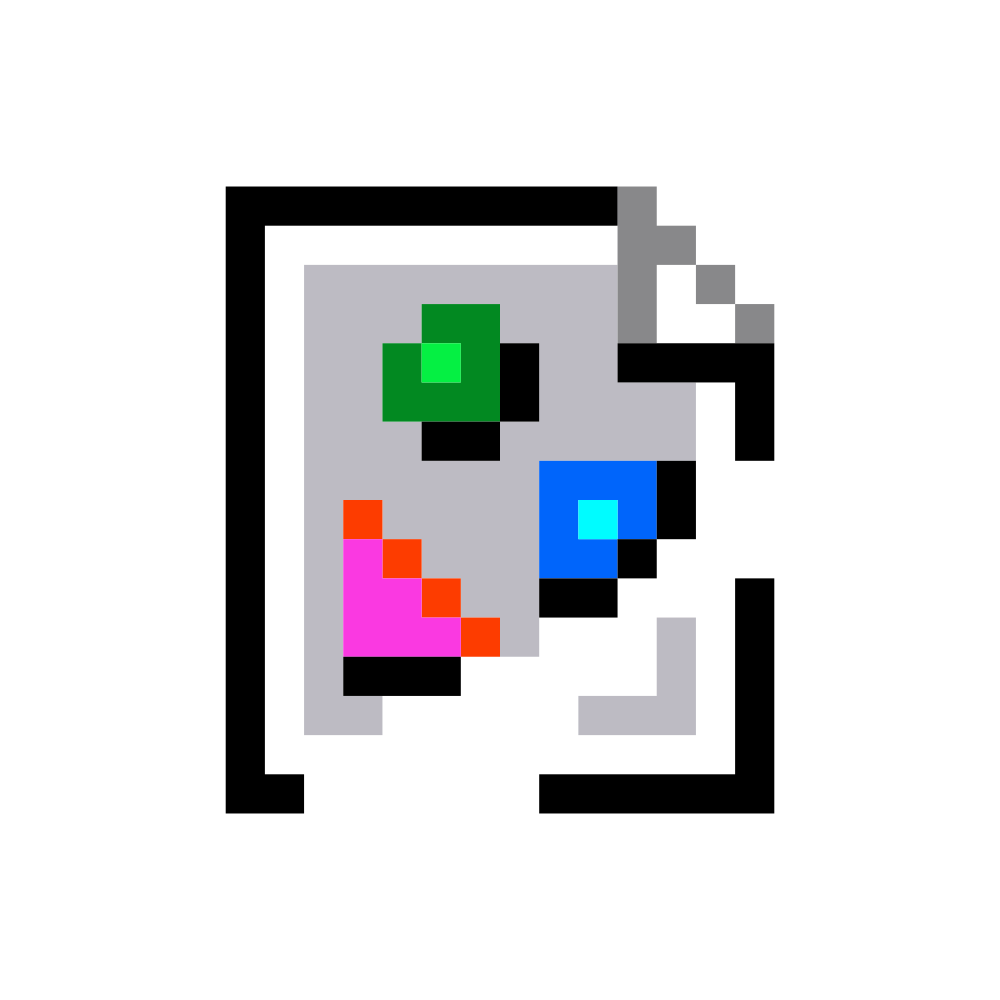If you have to choose between using an App Image, from the developpers official site or an AUR package (or apt e.g), what do you choose?
Package manager, much higher chance I won’t forget to update it
My personal order:
Repositories > AUR > Making an own AUR package > Making an own package not in AUR > Flatpak > Using an alternative to that application > consider if I really need it > AppImage
deleted by creator
Why do you consider AppImages as last resort?
Mainly because you cannot manage them properly.
Installing from the repos I have pacman, from the AUR I can use one of the various AUR helpers (most of them can forward repo package updates to pacman, so I really have just one command to update the system and all AUR packages).
When making my own packages I usually also put them in the AUR (plus, it is super easy to do make an own package and put in in the AUR) – and from there an aUR helper takes care about updates. Flatpaks can also be updated very easy by just running one command.
So: All of those have a specific location where they install and allow me to start them easily because they put a script/link somewhere in
$PATH. All of those can be easily maintained and updated.Last time I checked, AppImages had none of those. Neither could I easily update all of them on my system, nor is there a dedicated location to place them, nor is there an “unified” (i.e. something in
$PATH) way of starting them. I have to manually check for updates, re-download the whole thing, replace the current AppImage file in an arbitrary location.This is just how I do not want to maintain my programs.
Using app images eliminates the chance of breaking your system to almost zero. But updating them could be an inconvenience.
AppImages can support selfupdating I do use few of them which support this feature.
I always use that appimageupdate tool. It doesn’t work on all of them. The creator has to support it.
You can try bauch It is an graphical application to search install and update AppImage, Debian and Arch Linux packages (including AUR), Flatpak, Snap and Web applications.
Bauh can be installed on Fedora? I never realized that. I use to use it when I ran Endeavour OS, but I always thought it was an arch exclusive app.
Yes, you can just download the Appimage version and execute it and install bauh from the app. On Fedora it will only support the FlatPak and AppImages not system repo and corps.
Man, thank you for bringing that up. I love bauh. Already installed. Even for only appimages, I’d much rather use it than go hunting for them everywhere
They are great if you want to stay on a certain version though.
Personally, I prefer installation via the package manager… Saves some steps and I’ve not had a problem using this procedure since the 90’s…
AppImage is fine and all but there are some extra steps required to have that “app” appear in the OS menu and such…
And, as an old fuck, I’m not fond of referring to the software installed on my computer as “app”. It’s “software” or “a program”.
And, yes. Phone is also a computer and “app” is the appropriate word usage on that platform…
I know. Semantics. But it’s what I’m used to.
🤷♂️ 🤷♂️
This person gets it!
Aur ftw.
But if I need to compile a large project then appimage
With the AUR, there is an “it depends” since AUR packages are unofficial and variable in quality.
That said, I have a strong bias for installing the distro package over using AppImage or Flatpak.
There are three reasons not to use the distro package:
- the package is not available
- the package is too old
- the package maintainer cannot be trusted
My #1 reason for using Arch is to eliminate 1 and 2. In my experience, the AUR is almost always fine for #3.
Even when I use another distro, I put Distrobox with Arch on it and get any of the packages that the distro does not have from there.
The only Flatpak I have had to install has been pgAdmin.
I enjoy CachyOS distro packages for this reason. Eliminated all three in one fell swoop. Very few packages I’ve had to go outside of their ecosystem for.
Same
AUR, when I can. I run my own binary package repo. App images are an interesting concept, but usually they are compiled against ancient versions of glibc for increased compatibility. Optimizations and CVE patches may or may not be applied, LD lookups are longer, etc.
I’d pick the AUR package 100% of the time because I hate everything about the idea of appimages and the like.
I don’t like App Image because I have to manage everything myself or use a helper that may or may not be able to manage everything about all App Images.
But sometimes the dev supplied package is the only way to get an up to date package.
Appimage. I oily use a few of them, and manage them with GearLever.
I always use distro packaging, if it’s available.
I use what’s packaged in my distro’s repositories, unless I need a specific version, or the software isn’t packaged at all.
Pacman /w chaotic-aur, otherwise AUR with yay
It depends, there are no hard rules. I have a preference for the native package manager with pacman and repository of my distribution. I also would like to use AUR more often, but it depends who is maintaining that package. It also depends if there is a Flatpak available. Some AppImages have an auto update for itself, so I download it only once and use the applications own update functionality manually.
The good thing about AppImages are that they usually don’t require super user privileges to install (in other words use) them and I can also archive them very easily.
I usually go Flatpak > system package (rpm) > AppImage > direct download. But it also depends on what I need.
- Flatpak usually gives the latest version and is nicely integrated with everything.
- System packages are usually outdated but use less disk space.
- I only use AppImages if that’s the only way I can get the version I need. I also have it integrated with appimaged.
- Directly downloading a tar.gz or similar I try to avoid as much as possible because it isn’t integrated with anything.










